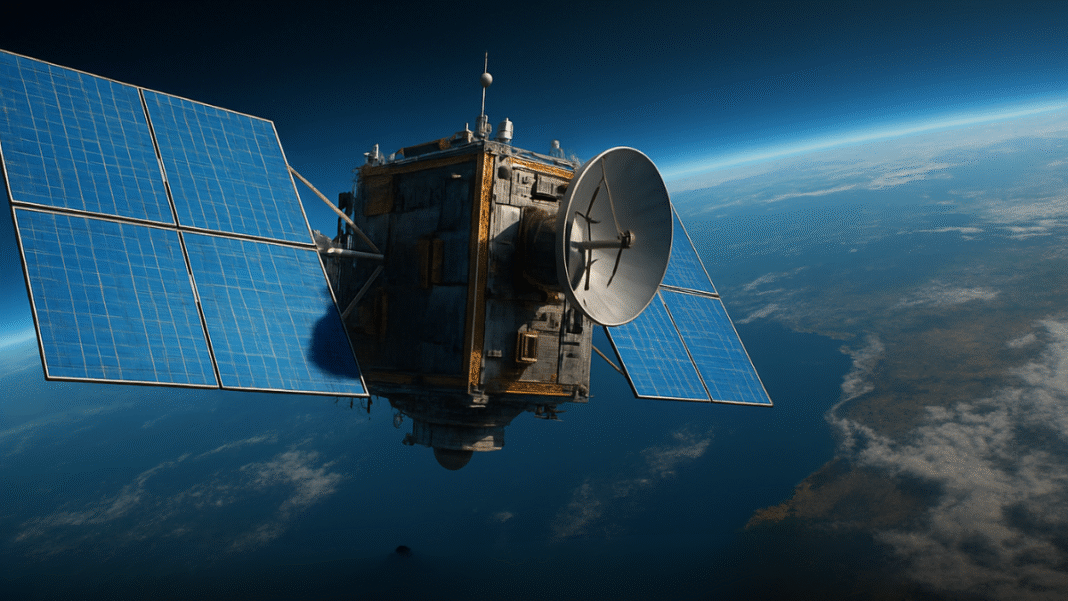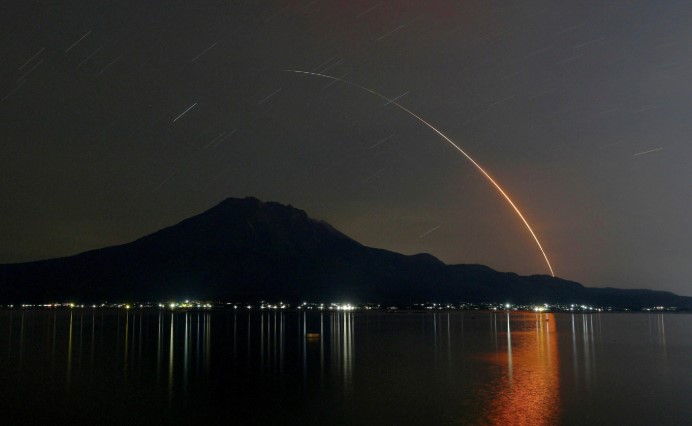India has taken a major step to strengthen its defense system by speeding up the launch of 52 military satellites. This important move follows the success of Operation Sindoor, which showed how useful satellite-based tracking can be in real situations.
Massive Boost to India’s Space Surveillance Power
The satellites are part of a large-scale project to watch over India’s borders and monitor key areas like the Indian Ocean Region.
This project, with an estimated cost of Rs 26,968 crore, is being executed under Phase 3 of the Space-Based Surveillance (SBS) initiative. The goal is to ensure that India can observe movements and changes in regions near its borders with China and Pakistan through the use of military satellites. It will also help watch over deep-sea zones where India’s security interests are increasing.
This network of military satellites will allow for real-time monitoring, meaning Indian defense teams will get updated information much faster. This can help in responding quickly if there is any movement from across the borders. The system of military satellites will also act as a deterrent, meaning other countries will think twice before making any move, knowing they are being watched from space.
10 Satellites, 9 Targets, 1 Mission—ISRO’s Role in India’s Stealth Strike After Kashmir Attack
ISRO and Private Sector Join Hands for Faster Deployment
The Indian Space Research Organization (ISRO) will play a major role in launching 21 military satellites. In a significant shift, private Indian companies will develop and deploy the remaining 31 military satellites, showing a big jump in India’s focus on building a space-based defence network with both public and private participation.
The first military satellite from this large constellation is planned to be launched in April 2026. All 52 military satellites are expected to be deployed by the end of 2029. This project not only helps the defense sector but also boosts India’s private space industry, giving companies a major role in national security.
To make this possible, ISRO will share the technology of its Small Satellite Launch Vehicle (SSLV). This move will let private firms carry out quick launches in emergency situations, adding flexibility and reducing the burden on ISRO alone. SSLVs are designed to carry smaller satellites into space and are ideal for launching defence satellites when quick action is needed.
Chandrayaan-2 Nearly Collided with NASA Probe – ISRO’s Quick Thinking Saved It
The satellites will be placed in both low Earth orbit (LEO) and geostationary orbit (GEO). LEO satellites fly closer to Earth and provide clearer pictures and faster updates. GEO satellites stay fixed over one area and provide continuous coverage, which is useful for keeping an eye on key zones.
Strengthening Border Defense with Military Satellites and Countering Threats
The main purpose of this satellite network is to help the Indian Army, Navy, and Air Force work together and act faster in times of danger. These satellites will provide high-resolution images and frequent updates. This will make it easier to track any enemy action, even when it happens deep inside foreign territory.
The system will allow India to detect threats not just when they are near the border, but while they are still getting ready inside enemy bases and airfields. This early warning ability can make a big difference in planning and preparing a defense response.
Another important part of this project is to deal with the rising military space capabilities of neighboring countries, especially China. China has developed strong anti-satellite weapons, which can either destroy or block other satellites. India’s satellite plan is seen as a strategic response to make sure it is not left behind in this growing space race.
The project is also being supervised by the Integrated Defense Staff, ensuring smooth coordination between the three armed forces. Their job is to make sure the satellite network helps in defense planning and real-time battlefield decisions.
Pakistan’s War Toys Exposed—India Gains Secret Data on J-10, PL-15, and Turkish Drones
India’s recent Operation Sindoor proved how indigenous and commercial satellites could support military operations by providing accurate tracking information. This success gave a major push to fast-track the entire 52-satellite plan.
The satellite system is also likely to help in monitoring the Indian Ocean, where the movement of submarines and ships is becoming more active. The ability to observe wide ocean zones from space will give India better control over its maritime borders.




